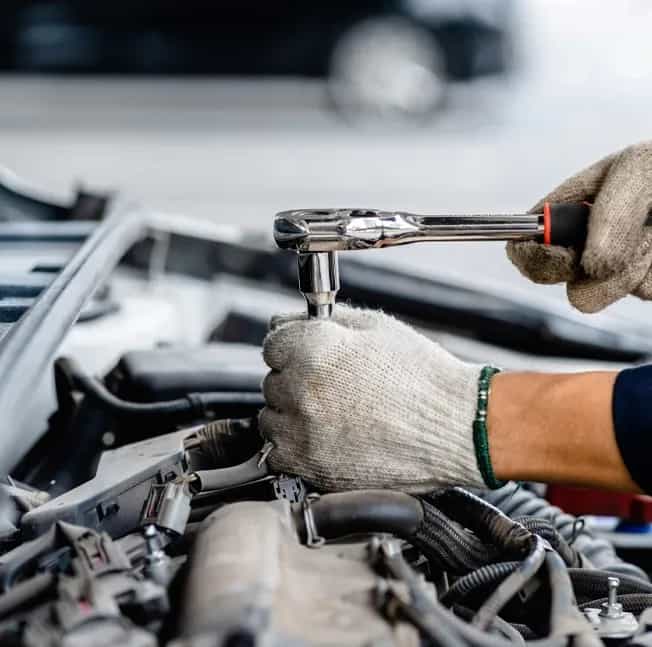des. . 05, 2024 18:38 Back to list
hydraulic cylinder seals and wipers
Understanding Hydraulic Cylinder Seals and Wipers
Hydraulic cylinders are critical components widely used in various industrial applications, including construction, manufacturing, and automotive sectors. They are responsible for converting hydraulic energy into mechanical force, allowing machinery to perform tasks such as lifting, pushing, and pulling. The efficiency and longevity of a hydraulic cylinder are heavily dependent on its seals and wipers, which play a vital role in maintaining performance and preventing leakage.
The Role of Seals in Hydraulic Cylinders
Seals are essential for preventing hydraulic fluid from leaking out of the cylinder and keeping contaminants from entering. There are several types of seals used in hydraulic applications, including
1. Rod Seals These are installed on the piston rod and are designed to prevent leakage of hydraulic fluid as the rod moves in and out of the cylinder. A good rod seal ensures that the pressurized oil remains within the cylinder and effectively transmits force.
2. Piston Seals Located inside the cylinder, piston seals prevent hydraulic fluid from escaping between the piston and the cylinder wall. They are essential for maintaining the pressure required to support heavy loads and facilitate smooth operation.
3. Buffer Seals Buffer seals provide an additional layer of protection by absorbing any pressure spikes that might occur during operation. They help in extending the life of the primary seals by minimizing the stresses and wear caused by sudden changes in pressure.
4. End Cap Seals These seals prevent fluid from leaking out at the ends of the cylinder. Properly functioning end cap seals are crucial for maintaining the integrity of the hydraulic system and ensuring it operates efficiently.
Importance of Wipers in Hydraulic Cylinders
hydraulic cylinder seals and wipers

Wipers, also known as scrapers, complement seals by keeping the hydraulic cylinder clean. They are typically located at the end of the cylinder and serve to remove dirt, debris, and contaminants from the piston rod before they can invade the internal parts of the cylinder. This is important because contaminants can accelerate wear and tear on seals and other critical components.
There are various types of wipers designed for specific applications, including
1. Standard Wipers These are simple designs that effectively remove dirt and debris. They are commonly used in general industrial applications.
2. Multi-Stage Wipers These consist of multiple wiping edges and are designed for more demanding conditions where high levels of contamination are expected. They offer superior protection by ensuring that even the smallest particles do not enter the hydraulic system.
3. Urethane Wipers Urethane is a durable material that can withstand harsh environments, making urethane wipers an excellent choice for heavy-duty applications where chemical resistance and longevity are critical.
Maintenance Considerations
To ensure the optimal performance of hydraulic cylinders, regular maintenance of seals and wipers is essential. Operators should monitor for signs of wear, such as fluid leaks or decreased efficiency. Prompt replacement of worn seals and wipers can prevent costly repairs and system failures.
In conclusion, understanding the crucial roles that hydraulic cylinder seals and wipers play is essential for anyone involved in industries using hydraulic systems. By ensuring these components are functioning correctly, operators can enhance the performance and durability of their hydraulic equipment, leading to increased productivity and reduced downtime. Investing time and resources into the maintenance of these components is a small price to pay for the benefits of a well-functioning hydraulic system.
-
Unlocking the Potential of Hydraulic Systems with Essential Sealing Solutions
NewsAug.06,2025
-
Unleash the Power of Your Hydraulic Systems with Our Premium Seal Kits
NewsAug.06,2025
-
Specialized Hydraulic Seal Kits for Breakers, Pistons, and Presses
NewsAug.06,2025
-
Revitalize Hydraulic Systems with Premium Repair and Seal Kits
NewsAug.06,2025
-
Fortify Your Cylinders with Premium Sealing Solutions
NewsAug.06,2025
-
Elevate Hydraulic System Reliability with Specialized Seal Kits
NewsAug.06,2025
-
TCN Oil Seal Metal Ring Reinforcement for Heavy Machinery
NewsJul.25,2025
Products categories
















